By Kevin Hymel
American men left behind a great deal when they left home to fight a world war. They lost their identities, their families, and almost all their worldly goods, but they improvised. Oceans away, they either quickly adopted dogs or simply gave in when canines attached themselves to their units. Dogs provided an immense morale boost, caring for their masters with unconditional love. They reminded servicemen of home, provided them with companionship, and brought them peace. The masters easily returned their new pets’ loyalty.
In the Pacific, many sailors brought dogs with them, particularly ships’ captains who could keep a pet in their personal cabin. But in the Mediterranean and Europe, servicemen picked up dogs as they went. The dog of choice: mutts. Americans identified with their mixed breed pedigree—something the Nazis would never understand.
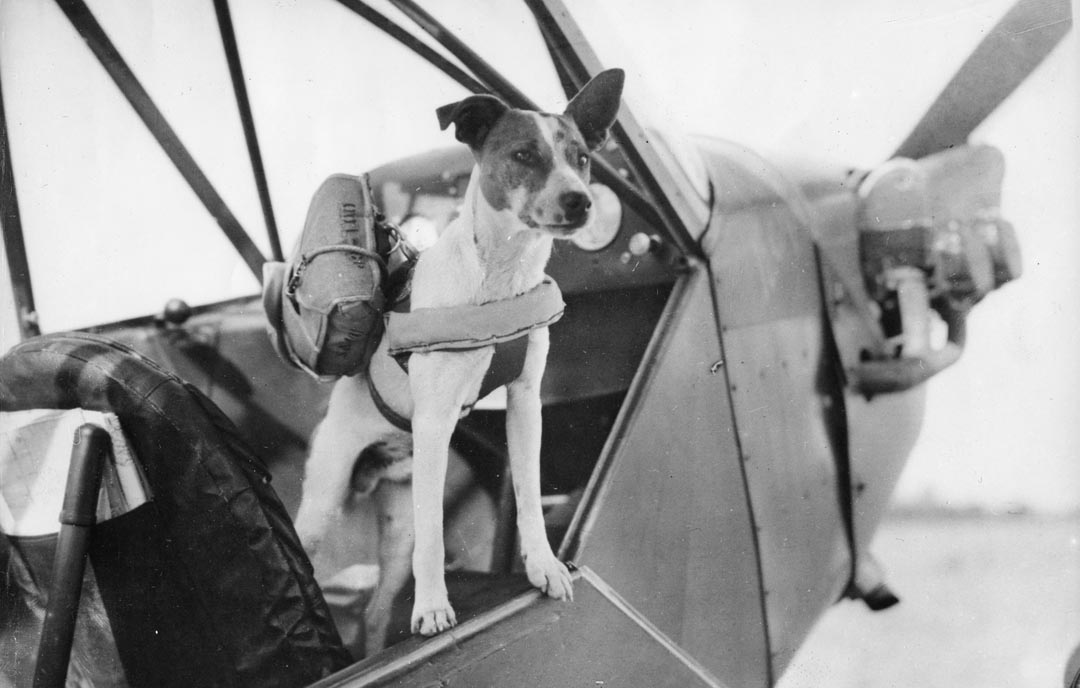
Lieutenant Belton Cooper and his driver, Vernon, had a typical experience adopting a mascot in Europe. They were driving through the ruins of Gorron, France, when, according to Cooper, “A small gray object emerged from beneath the charred timbers of a smoking house, ran toward our jeep, jumped into Vernon’s lap and started licking his face.” It was a wire-haired terrier puppy. Cooper told his driver to put the pup down and they roared off. A quarter mile out of town Cooper spotted the puppy bounding behind them in the rearview mirror. They braked. “The puppy, which had gathered considerable momentum, got a few feet from the jeep,” recalled Cooper, “then cleared the back end in a single leap. Vernon reached into the air and snagged it like a football pass.” The men had their mascot.
Mascots were not the sole property of frontline soldiers. General George S. Patton, Jr., adopted a bull terrier from a British kennel. Originally named “Punch,” Patton renamed him “Willie” and took him across the battlefields of Europe. Willie, in return, kept his master’s spirits up. Whether swinging from apple trees, battling General Dwight D. Eisenhower’s dog “Telek,” or urinating on a bust of Adolf Hitler, Willie kept Patton constantly amused.
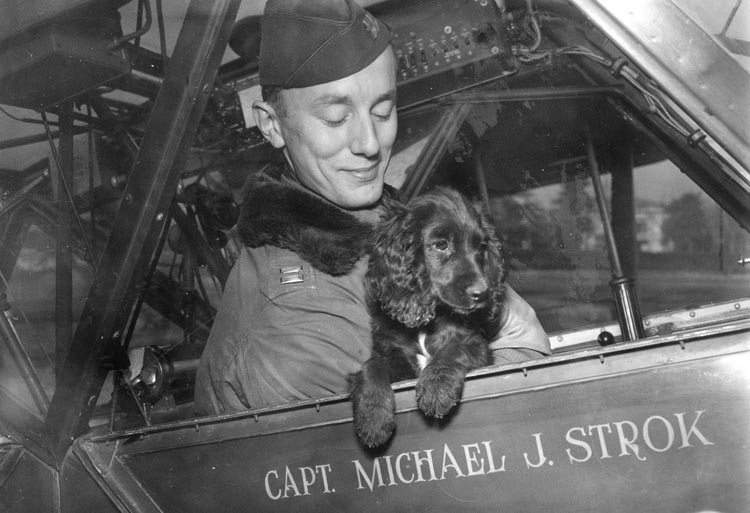
The bond between dogs and soldiers was as strong as that between combat soldiers, and it lasted throughout the war. While soldiers, sailors, Marines, and Coast Guardsmen adopted many different animals as mascots while away from home, it was the dog, the mutt, the pup, they considered their best friend.
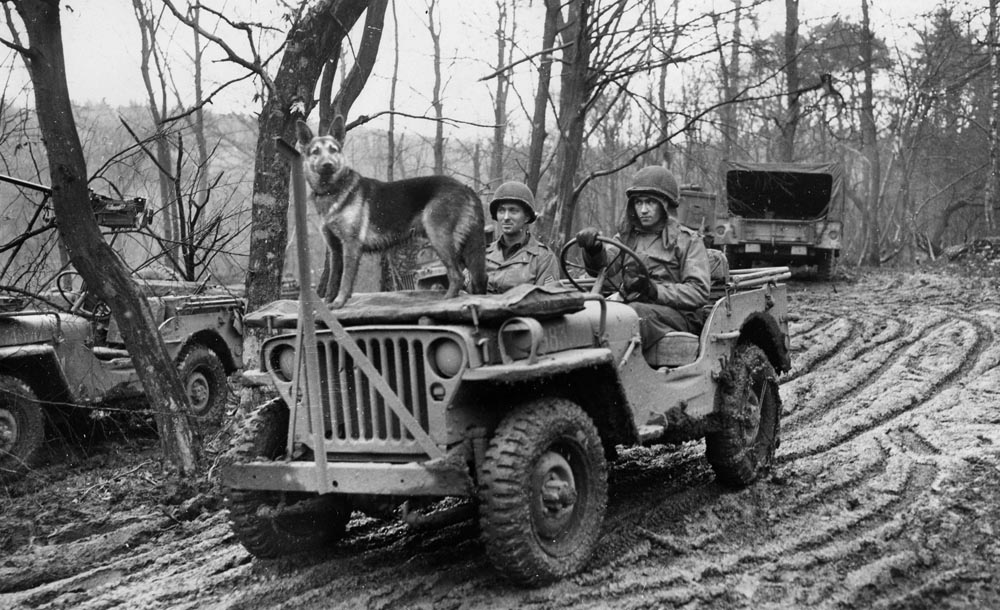
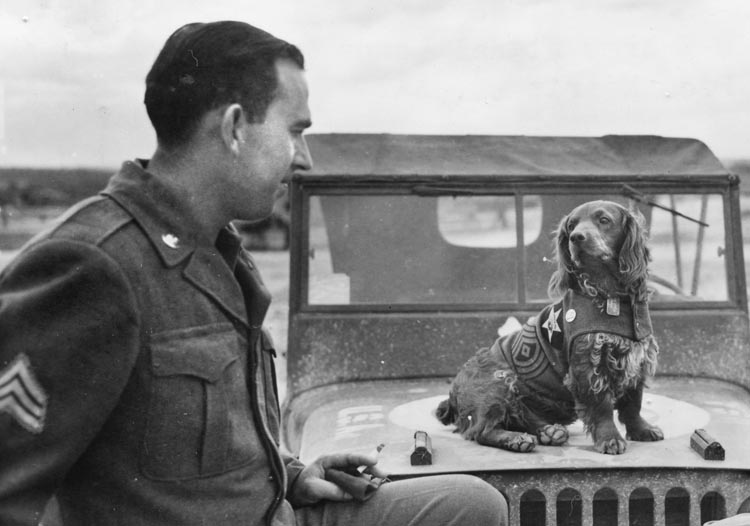
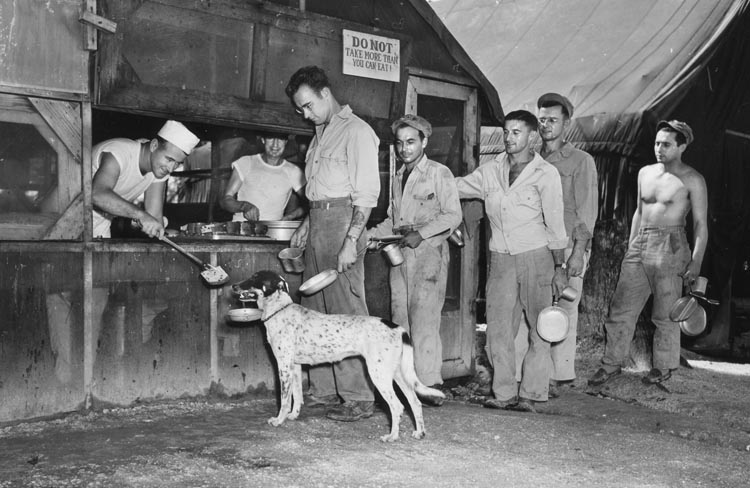
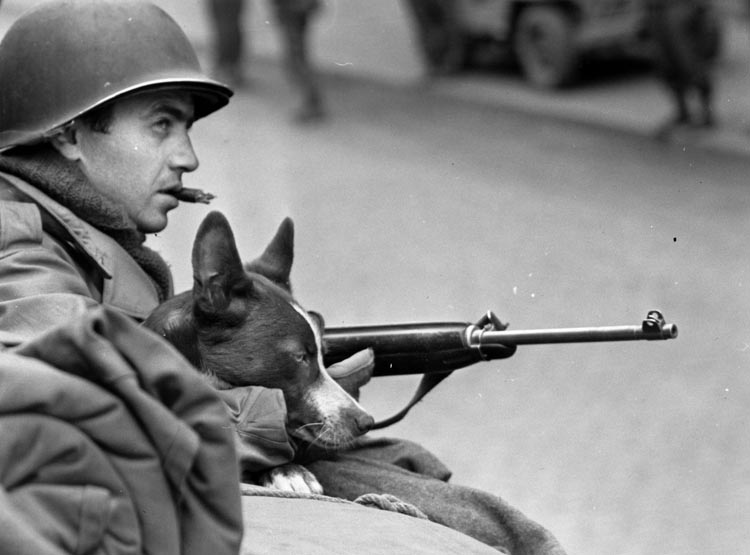
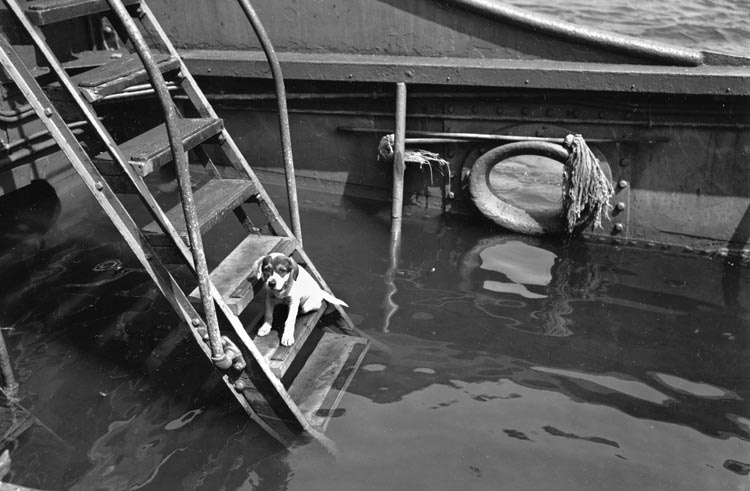
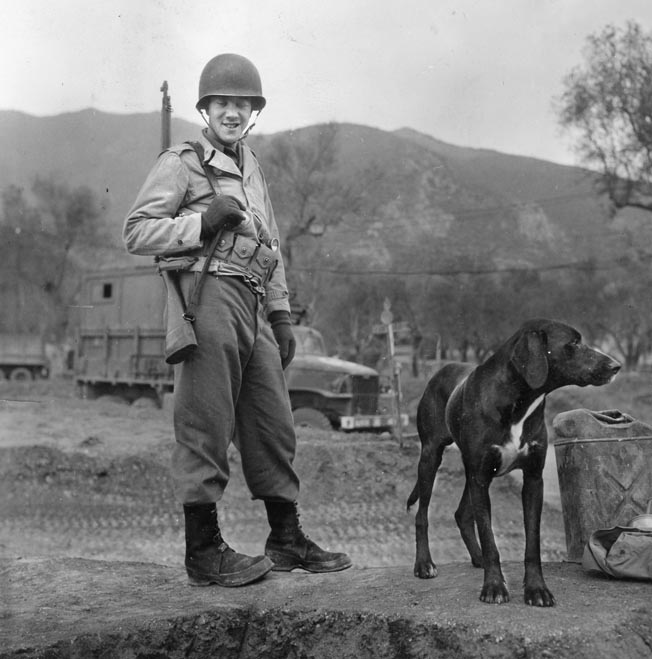
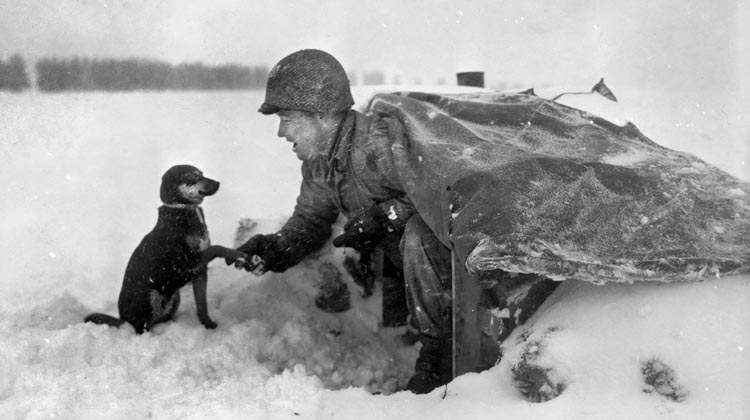
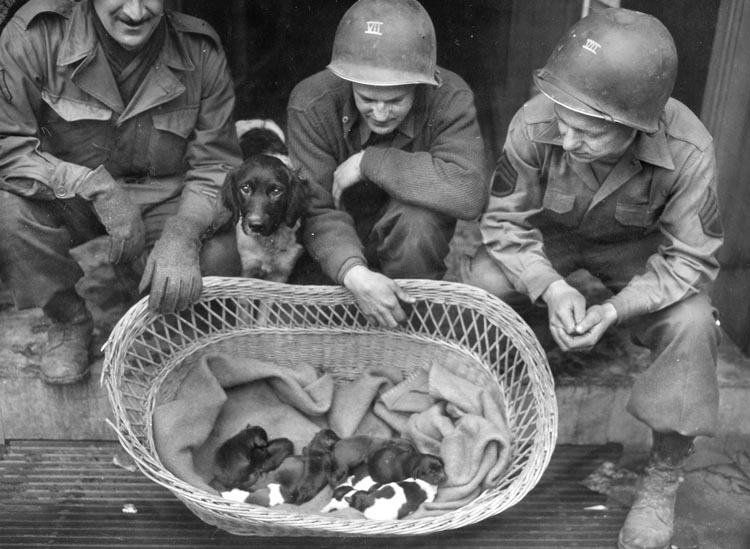
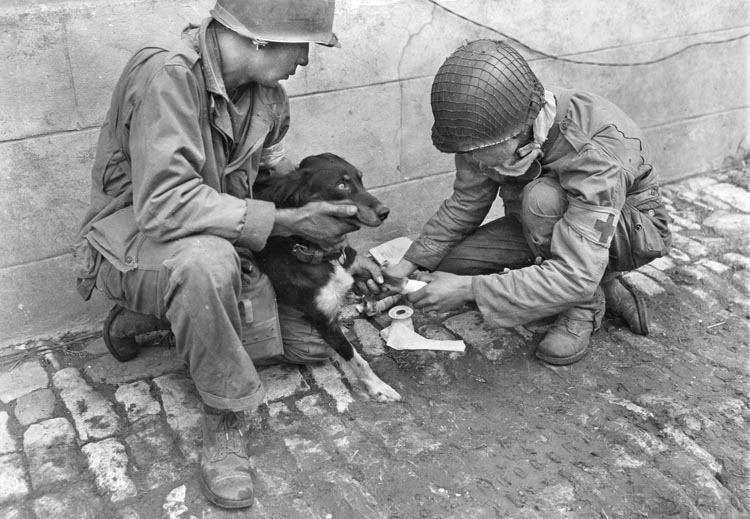
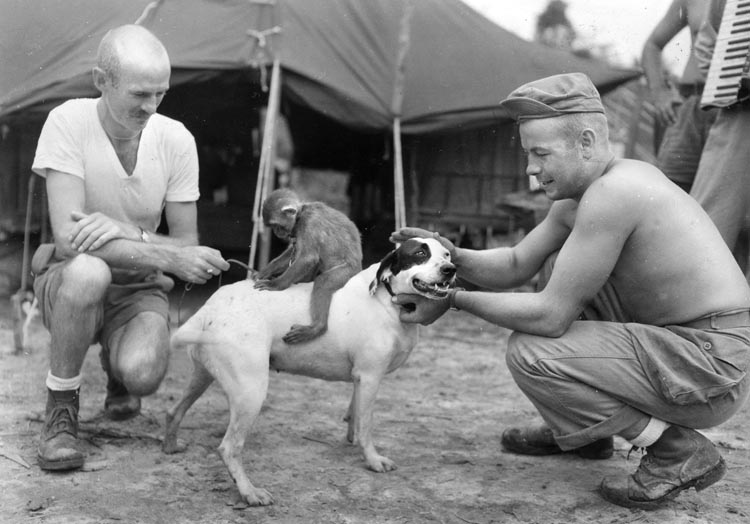
Did you like these photos? Be sure to check out our more extensive collection in our companion article, “Pictures of Pets in Action.”
To take a look at pictures from the experimental U.S. Army “Parachute Animals” program, click here.
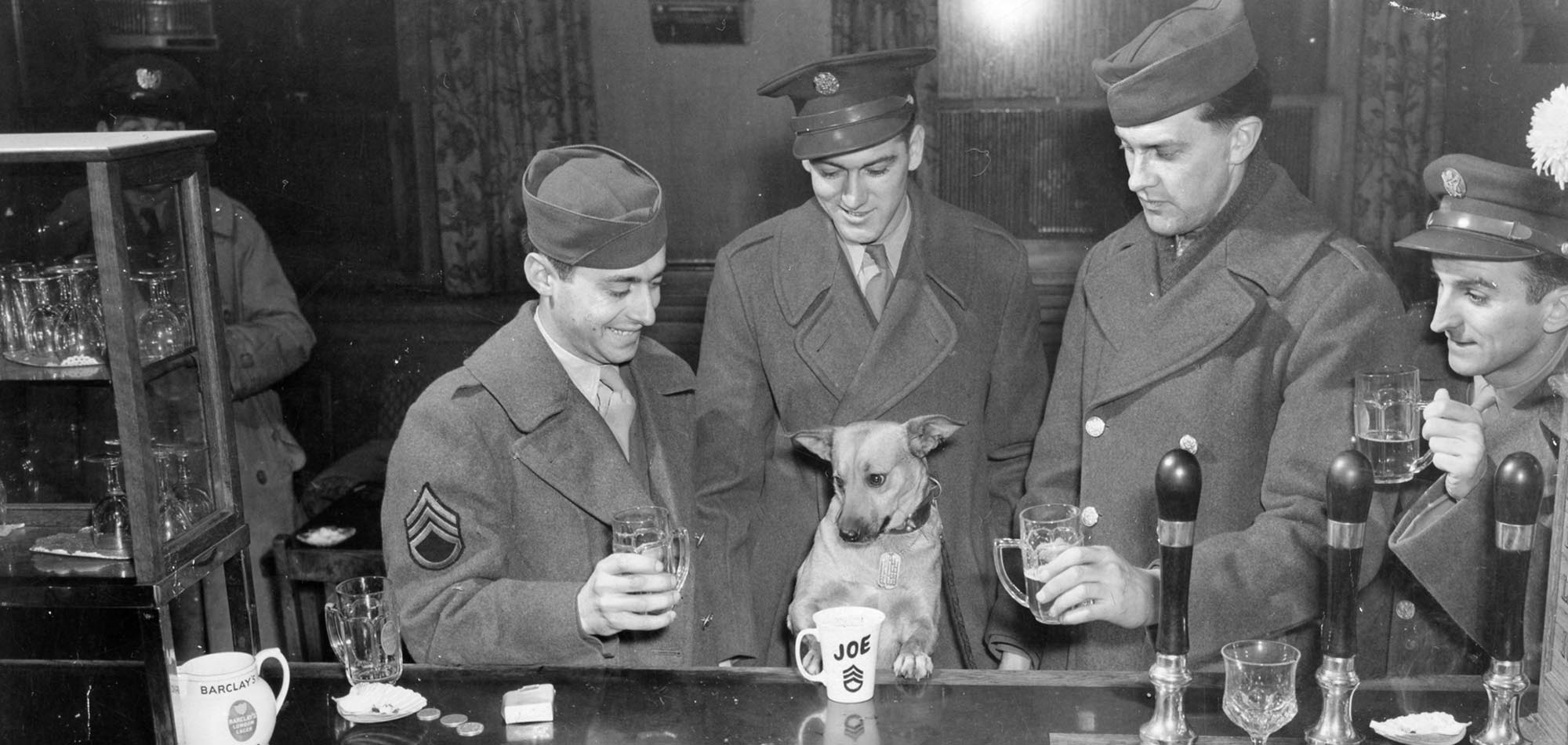
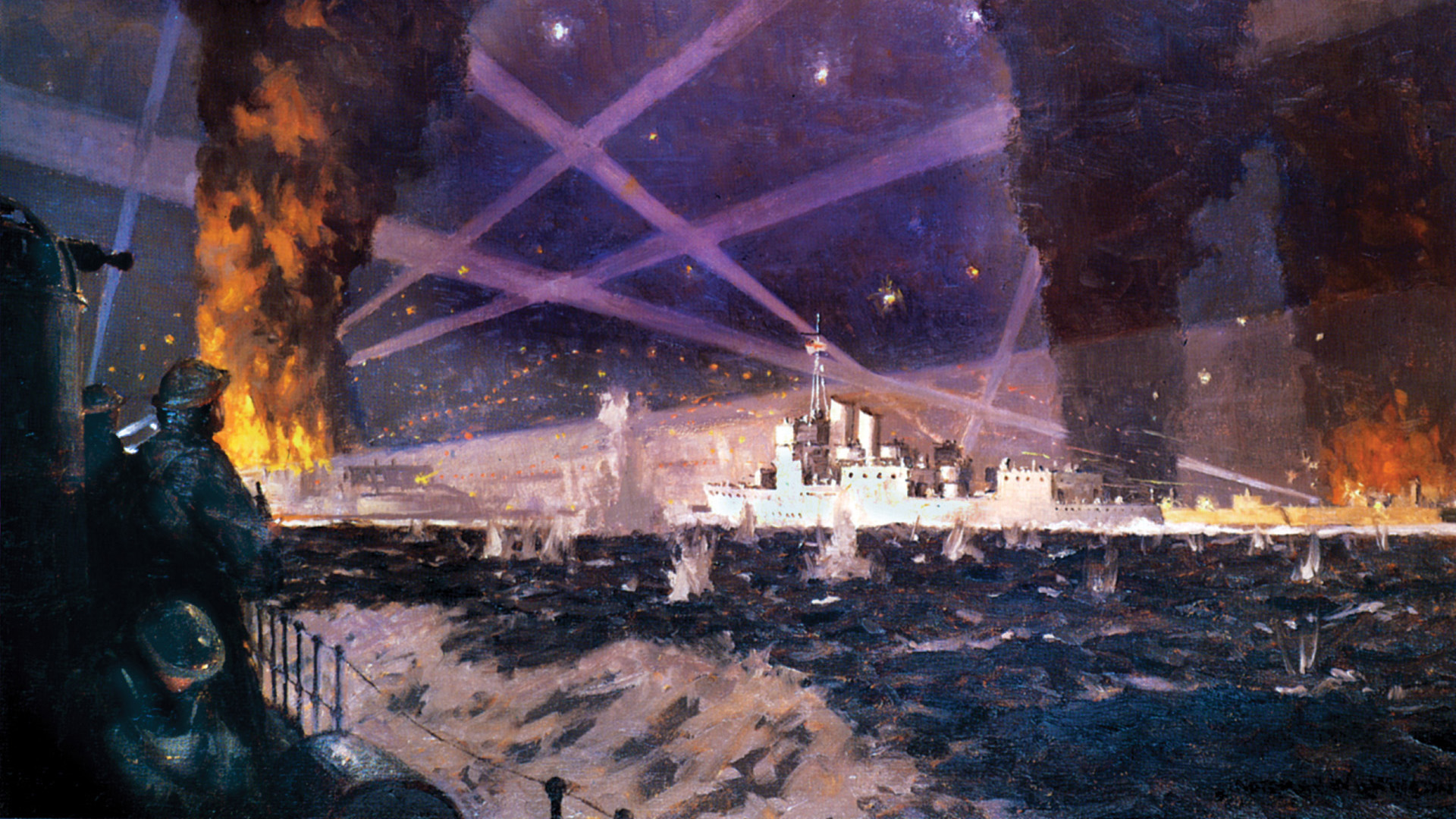

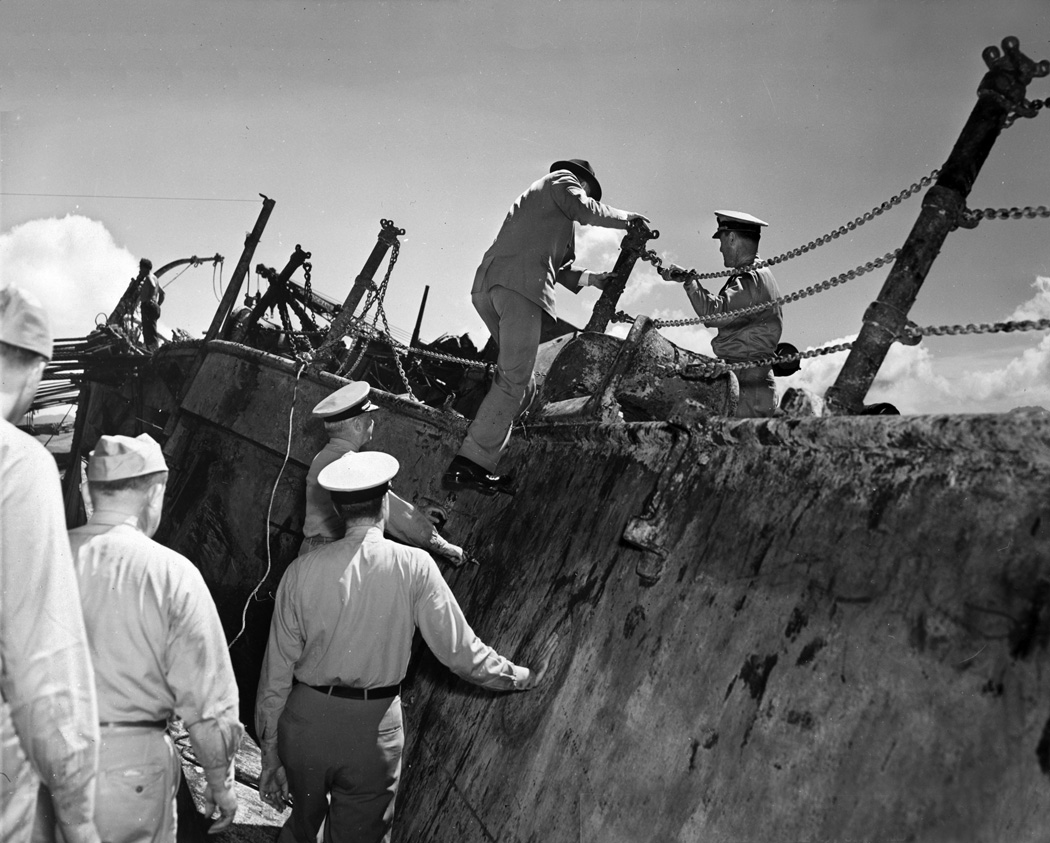
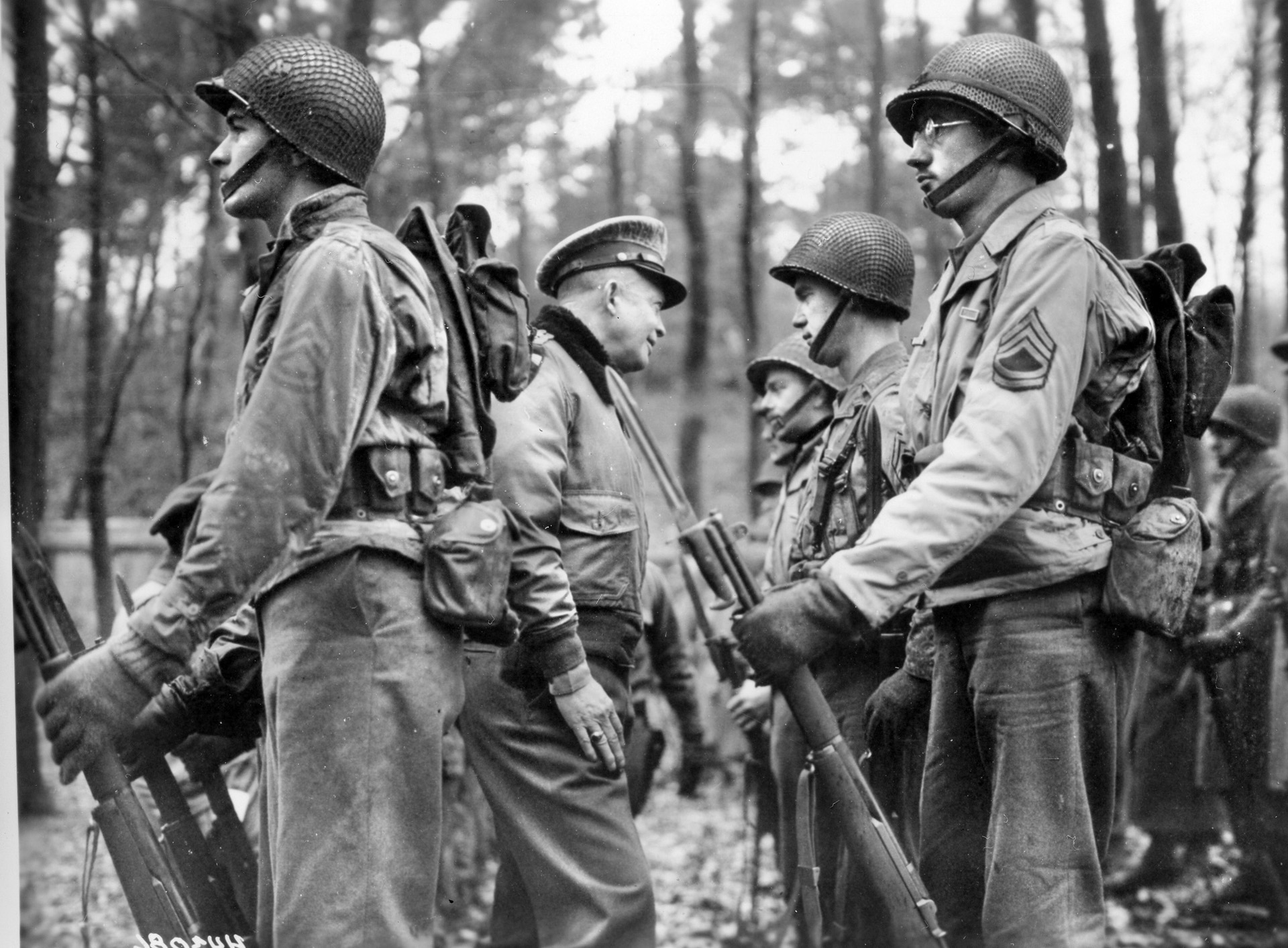
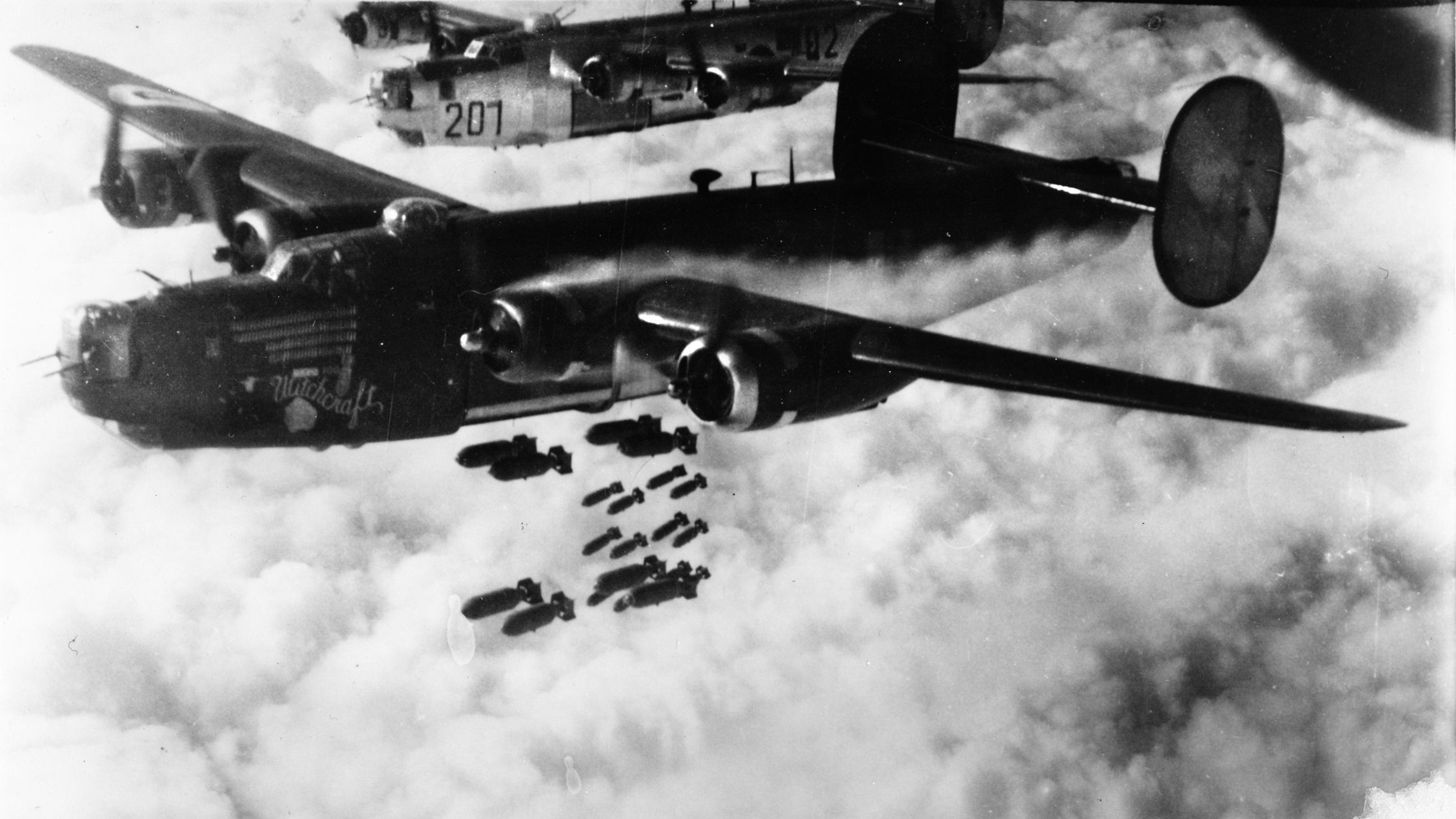
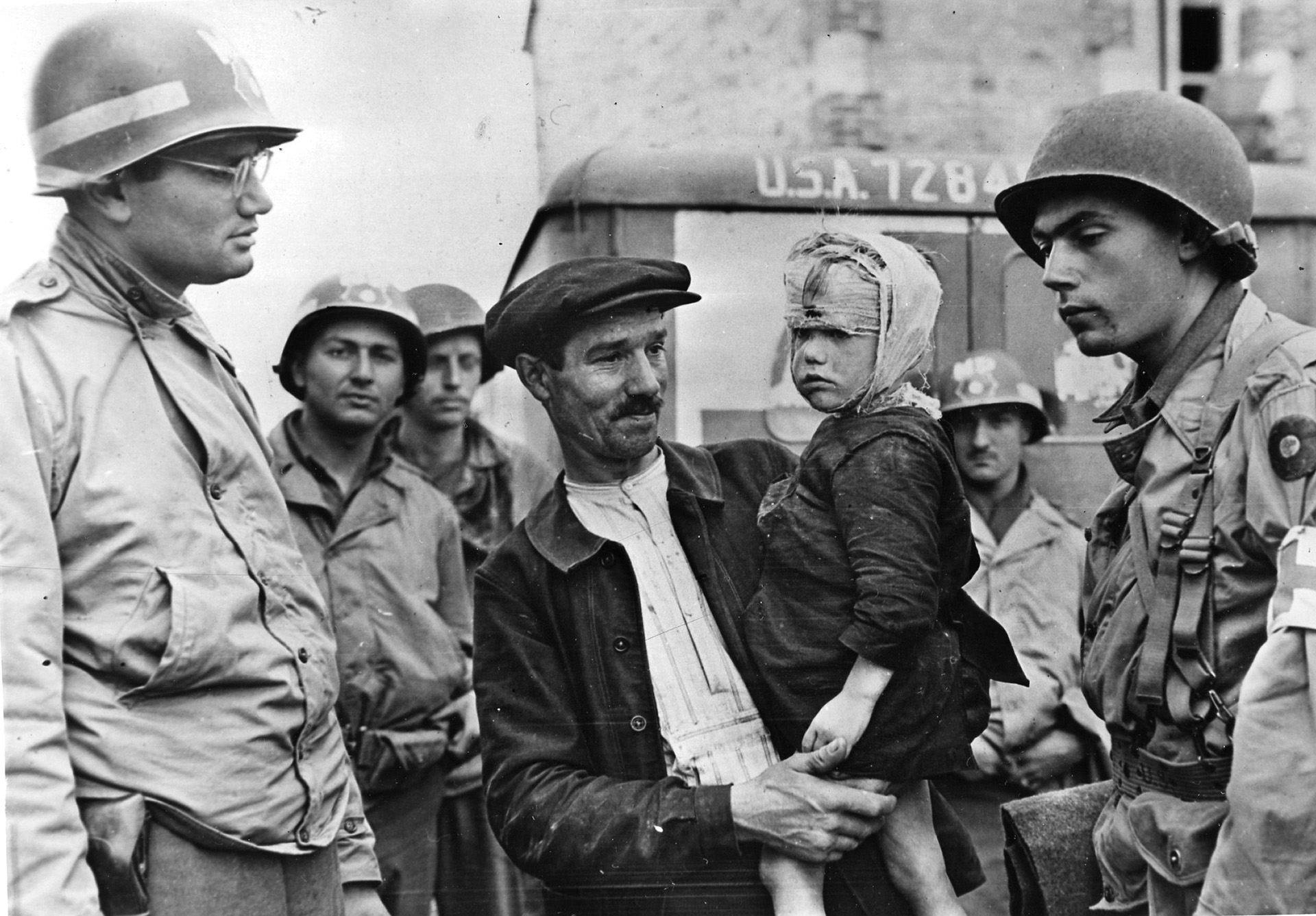
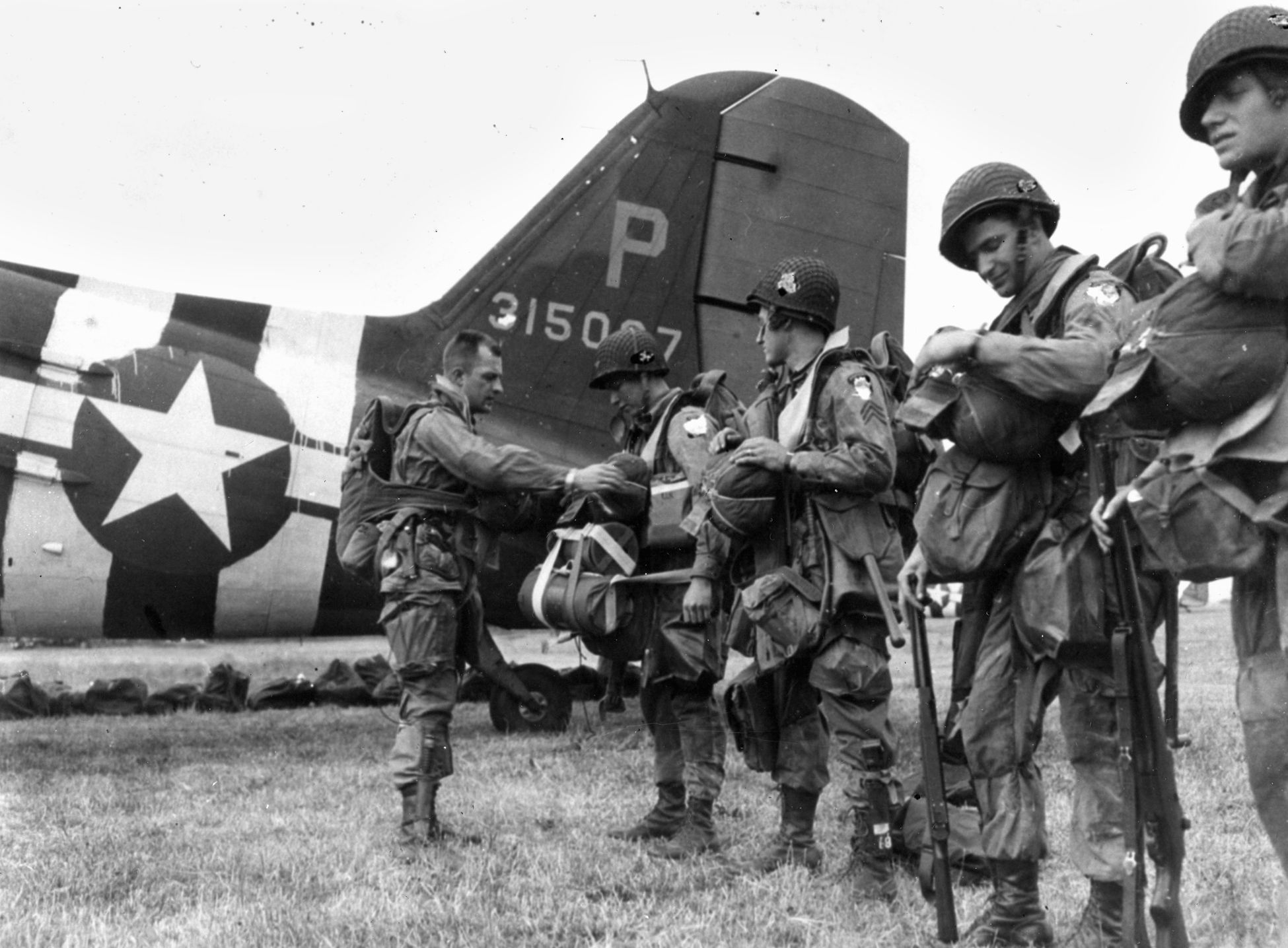
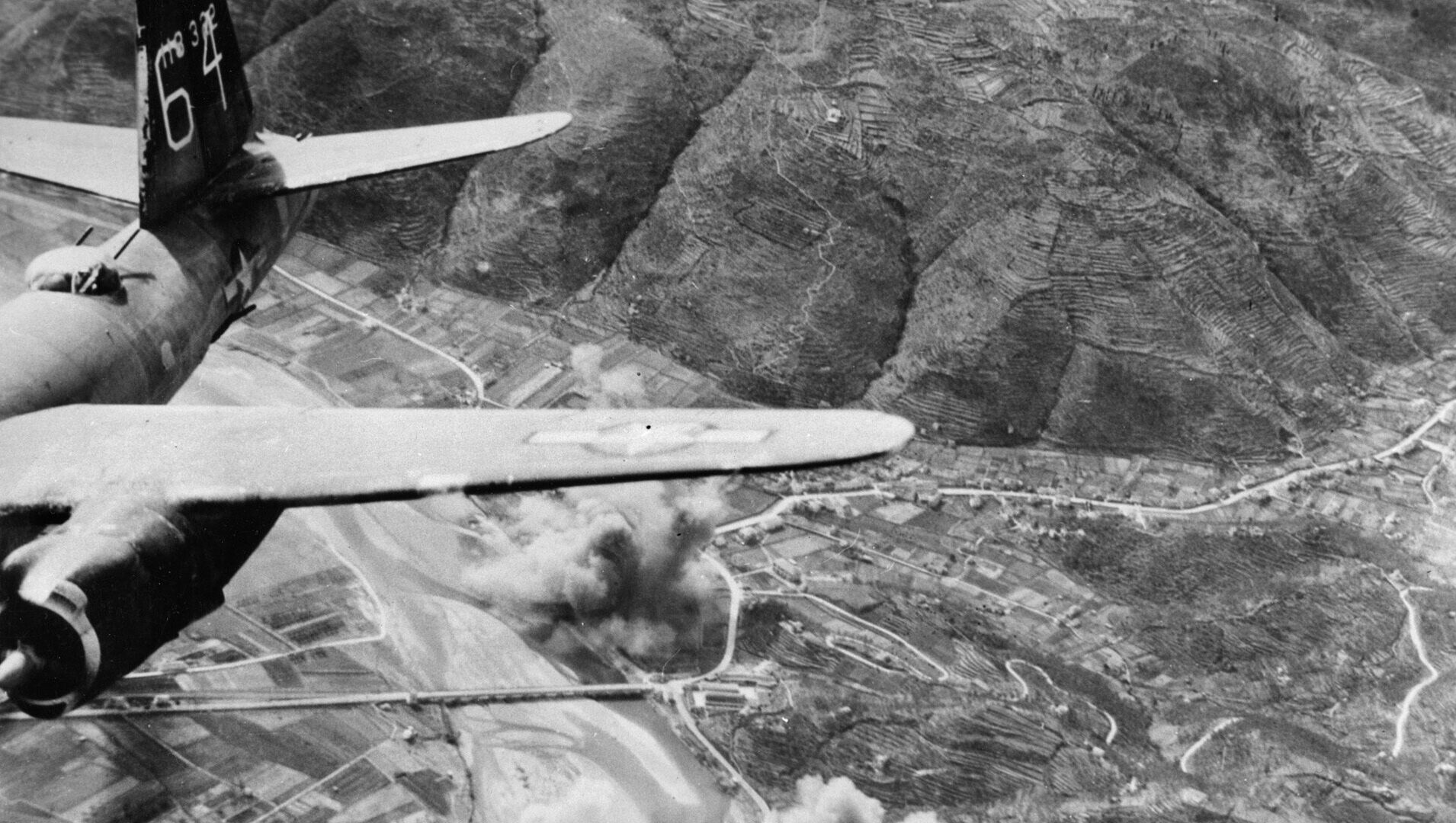
Join The Conversation
Comments
View All Comments